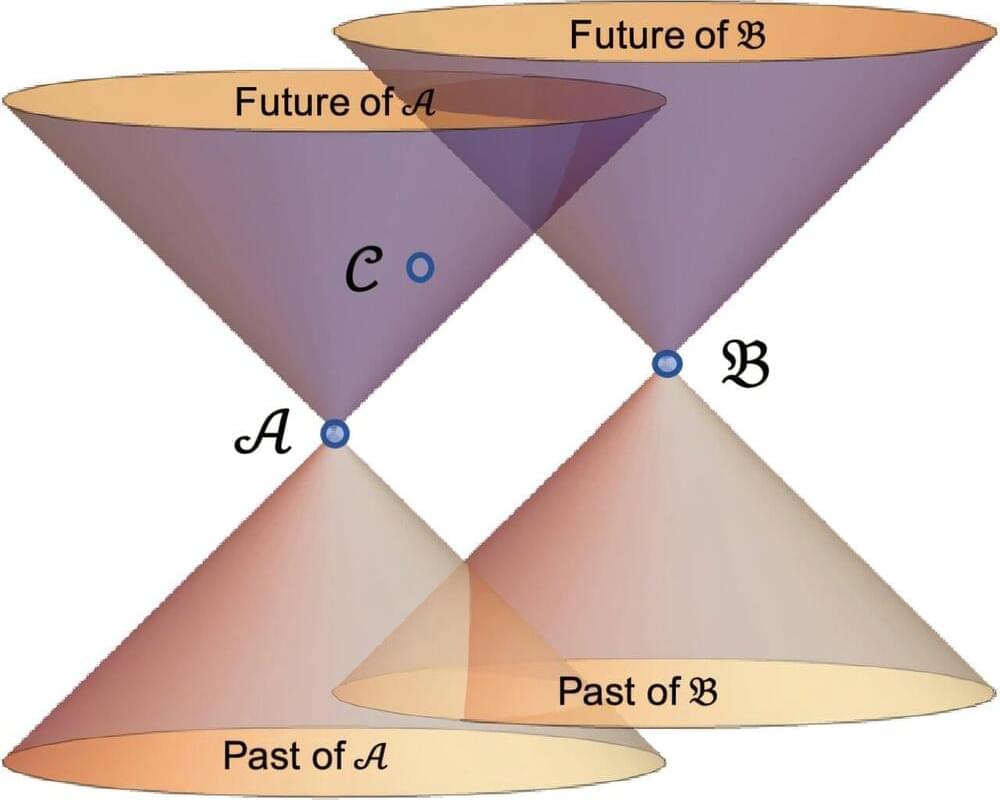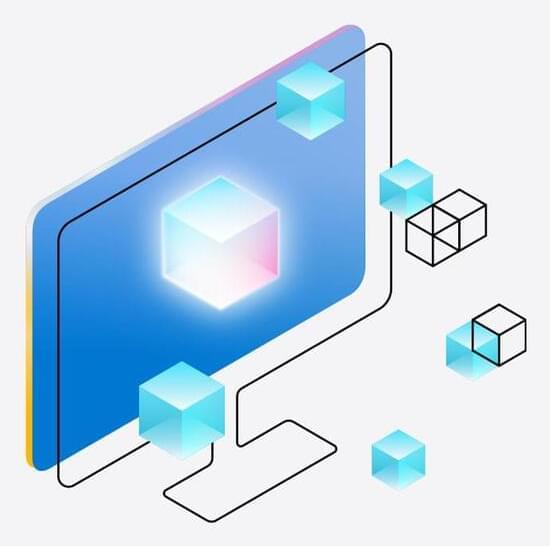Jupiter’s moon Io is the most volcanically active body in our Solar System, with around 400 volcanoes and extensive lava flows spread across its surface – but contrary to what scientists thought, a new study suggests this geological chaos is not powered by a global, moonwide ocean of magma below the surface.
Using images snapped by NASA’s Juno spacecraft, gravitational measurements, and historical data about Io’s tidal deformations, an international team of researchers has determined that the moon’s volcanoes are powered by a scattering of magma chambers in an otherwise solid mantle.
The findings counter previous theories about how Io’s volcanoes are powered, and point to a mostly solid mantle for the moon. With magma oceans believed to be present on many worlds, especially early in their formation – including our own Moon – we may need to rethink how planets form and evolve.









